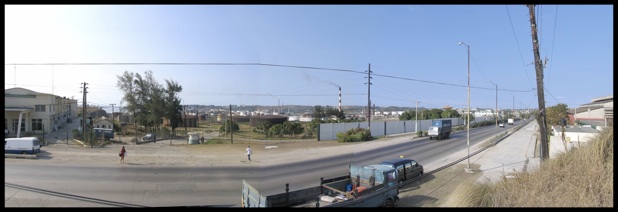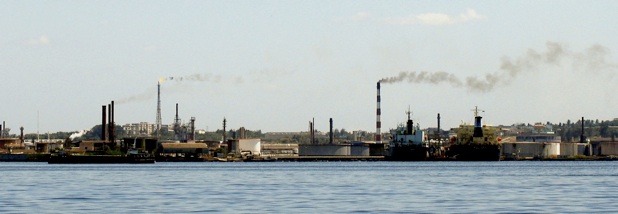John and his team considered the existing Oil Refinery area is a very large area and the most significant source of pollution of the harbour for it will require important efforts and funds. As it offers extreme challenges for cleanup and remediation but due to its larger site and gentle slope towards the water and old
city could offer excellent redevelopment opportunities. Providing that all facilities of this kind in major cities around the globe have been relocated far away from residential areas and to sites with easier access, it is also possible to do this in Cuba.
They discussed connectivity and the need to increase it and in this regard they identified
Vía Blanca on a natural ridge with excellent exposure and the opportunity related to access and potential for a major city transit route.
The group concluded that environmental remediation and sustainable, locally based economy; development promoting sustainable social relationships including affordable housing, access to public facilities and spaces, accessibility for all ages and groups, public participation and direct involvement were among the issues this team faced.
Note: this commentary was written by
Prof. Arch. Julio César Pérez Hernández
The group assumed the future relocation of the refinery and proposed a staged approach for environmental remediation including stopping industrial activity that will allow the elimination of air pollution from this source and will allow starting the water cleanup of the bay in conjunction with changes in the commercial port activities while for the soil and underground water pollution detailed studies will be required. The removal of the most heavily polluted soil, re-planting, the use of vegetation for cleanup and the reuse of the less polluted lands north of the rail line were also part of the strategy.
The Oil Refinery Sector was presented by Arch. John Pilling. John is a US architect based in Cambridge and Boston where he teaches at the Boston Architecture Center. He has successfully conducted several parallel Studios with Prof. Arch. Julio César Pérez from 2003- 2005.
Preliminary Presentation
The Regla Sector was presented by Arch. Alex Taranu. Alex is based in Toronto, Canada and he’s involved with many professional institutions.
Regla / Refinaría - 1


The Cuban and Norwegian chapters of C.E.U. - Council for European Urbanism




Apr 9, 2011


















2007 HAVANA HARBOUR CHARRETTE
Apr 9, 2011






































































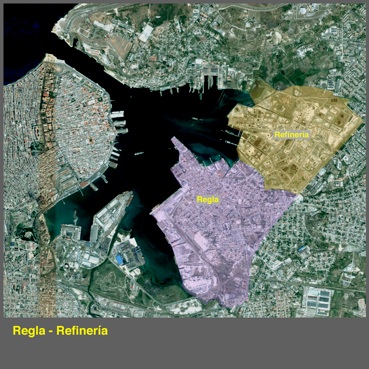


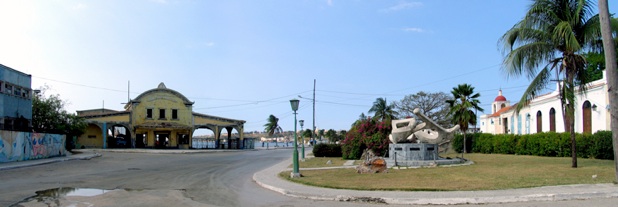
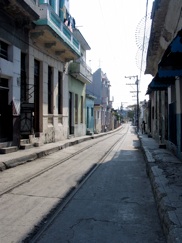
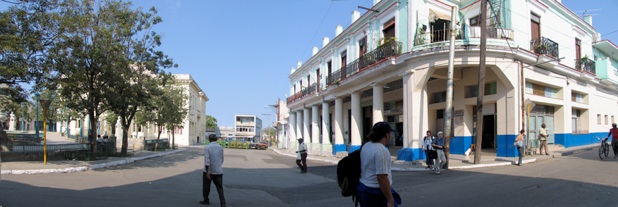
Alex and his team focused on the role and place of the Inner Harbour in the redevelopment of Havana as it is located centrally in the city and was the basis of the city’s development in colonial times. They developed a concept plan according to the potential of the water body, the presence of local heritage, its high visibility and exposure considering it as the city’s “living room”
and playground, as a major residential, mixed use and recreational redevelopment site, with exceptional tourist and heritage attributes. They submitted a detailed study of the whole sector and considered that the new Regla should build its identity on the existing heritage and more traditional forms resulting in a place with a strong local character inspired by Cuban, Caribbean and Mediterranean traditions.




